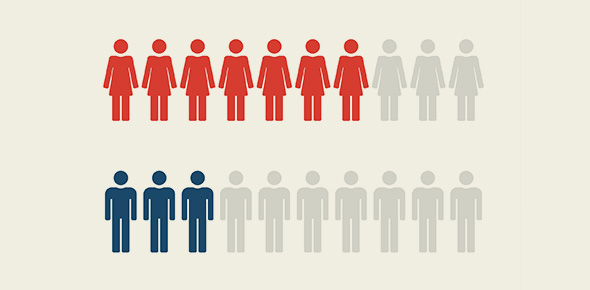Related Flashcards
Related Topics
Cards In This Set
| Front | Back |
|
106.1 - Identify the directives that govern personnel security.
|
•EO 12968: Access to Classified Information- Ref a
•EO 10450: Security Requirements for Gov Employees
•Department of Defense (DoD) 5200.2-R- Ref c
•NAVSUP to DoD DIR 5105.21.M-1
•SECNAV M-5510.36- Ref e
|
|
106.2 - Define the following classification categories, how they differ, and the color codes
used to identify each one. a. TOP SECRET b. SECRET c. CONFIDENTIAL d. UNCLASSIFIED |
Top Secret disclosure could result in grave danger to the national security.
Secret disclosure could cause serious damage to the national security. Confidential disclosure could cause damage to the national security. Unclassified disclosure will not cause any damage to national security. |
|
106.3 - Explain what is meant by 'need to know'.
|
Intended recipient must have access to the information to perform his or her official duties
|
|
106.4 - State the type of investigation and how often it is updated for access to the following
classification levels: a. Top Secret b. Secret c. Confidential d. SCI |
Top Secret Clearance - 5 Years from investigation date
Secret Clearance - 10 Years from investigation date Confidential Clearance - 15 Years from investigation date SCI Clearance - 2 Years from the investigation date |
|
106.5 - Identify what a SAER is and its purpose.
|
A SAER (Security Access
Eligibility Report ) is used
to determine continued access to classified material when individuals are guilty of certain conduct. |
|
106.6 - Identify the events that should be reported to the SSO.
|
Information Spillage, Reportable PDS, Unauthorized Space Access, Security Violations, Results of Major Medical Evaluations.
|
|
106.7 - Identify who has overall authority of, and controls access to, a SCIF.
|
The CO/SSO
|
|
106.8 - Identify the use of the following forms:
a. SF700 b. SF701 c. SF702 d. SF703 e. SF153 f. SF312 |
A. SF700 Security Container Information
b. SF701 Security Checklist c. SF702 Safe Open and Closure Log d. SF703 Top Secret Cover Sheet e. SF153 Comsec Material Report f. SF312 Classified Information Nondisclosure Agreement |
|
106.9 - State when safe combinations should be changed.
|
1. When the container is first placed in use.
2. Whenever an individual no longer requires access. 3. When the combination has been compromised 4. At least annually. 5. When the container is taken out of service. |
|
106.10 - What is an FDO and state their responsibilities.
|
The Foreign Disclosure Office authorize disclosure of classified documents to foreign representatives, visits
byforeign nationals or Government reps.
|
|
106.11 - State the purpose of the DCS.
|
Defense Courier System is a secure method to deliver classified matieral.
|
|
106.12 - Describe the procedures for preparing hard copy classified material for transportation via:
a. DCS b. Handcarry |
A. Double wrapped with proper classification markings on the inside and the
DCS address for sender/recipient on the outer wrapper.
b. Use a classified material cover sheet, file folder, or other covering to prevent inadvertent disclosure when handcarrying classified information within the command. Double-wrap the classified information when handcarrying outside the command. |
|
106.13 - State the responsibilities of the TSCO.
|
Maintain
a system of accountability to record the receipt, reproduction, transfer,
transmission, downgrading, declassification and destruction of command Top
Secret information. Ensure that inventories of Top Secret information are conducted
at least once annually.
|
|
106.14 - State the THREATCON recognition and Force Protection levels and discuss what each represents.
|
THREATCON
NORMAL a routine security posture.
THREATCON ALPHA general threat of terrorist activity THREATCON BRAVO increased and predictable threat THREATCON CHARLIE an incident occurs THREATCON DELTA Specific target known and declared, or terrorist event has occurred. |
|
106.15 - Explain what a RAM is.
|
Random Antiterrorism
Measures (RAM), at a minimum, shall consist of the random implementation of higher FPCON measures in consideration of the local
terrorist
capabilities. |






